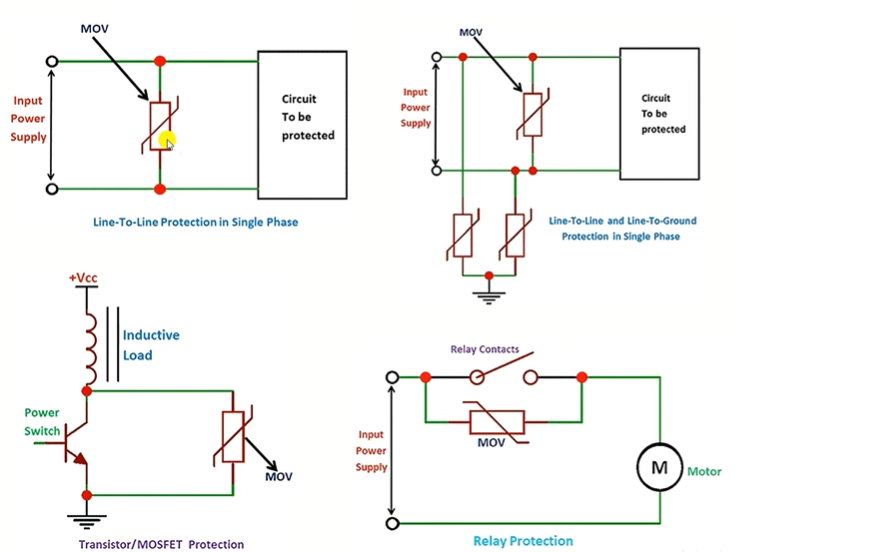Diode bridge rectifiers
provide a fixed output voltage only and to obtain a controlled output voltage we need to replace the diodes by a phase-control thyristors, such as a Silicon Controlled Rectifier (SCR) semiconductor devices.
The output voltage of a controlled bridge rectifier is varied by controlling the turn-on delay, or firing angle, of the thyristors.
Thyristors are a family of power semiconductor devices. Basically, a Thyristor is a four-layer semiconductor device with PNPN structure and three junctions. It has three terminals: anode, cathode, and gate.
Types of the thyristor
- Silicon Controlled Rectifier (SCR)
- TRIACs
- Gate turn-off thyristors (GTO)
Silicon Controlled Rectifier (SCR)
the most device known by the word ‘Thyristor’, it is widely used in phase controlled rectifiers such as single phase bridge rectifiers.
A Thyristor is turned-on by applying a short pulse between its gate and cathode terminals and turned-off due to line commutation.
Phase controlled rectifiers are simple and less expansive with high efficiency (above 95%). These converters enables the conversion of AC voltage to DC voltage and they are used extensively in industrial applications.
Types of Controlled Rectifiers:
Controlled rectifiers can be classified into two types depending on the input supply.
- Single-Phase controlled rectifier
- Three-Phase controlled rectifier
Each type can subdivided into:
- Semi-Controlled converter
- Fully-Controlled converter
A semi-controlled rectifier is a converter where half of the semiconductor switches are controlled, the other half is just a simple diodes, whereas in a fully-controlled rectifier all semiconductor devices are controlled.
For example, a single phase semi-controlled rectifier has two thyristors and two diodes, and a single phase fully-controlled rectifier consists of 4 thyristors.


